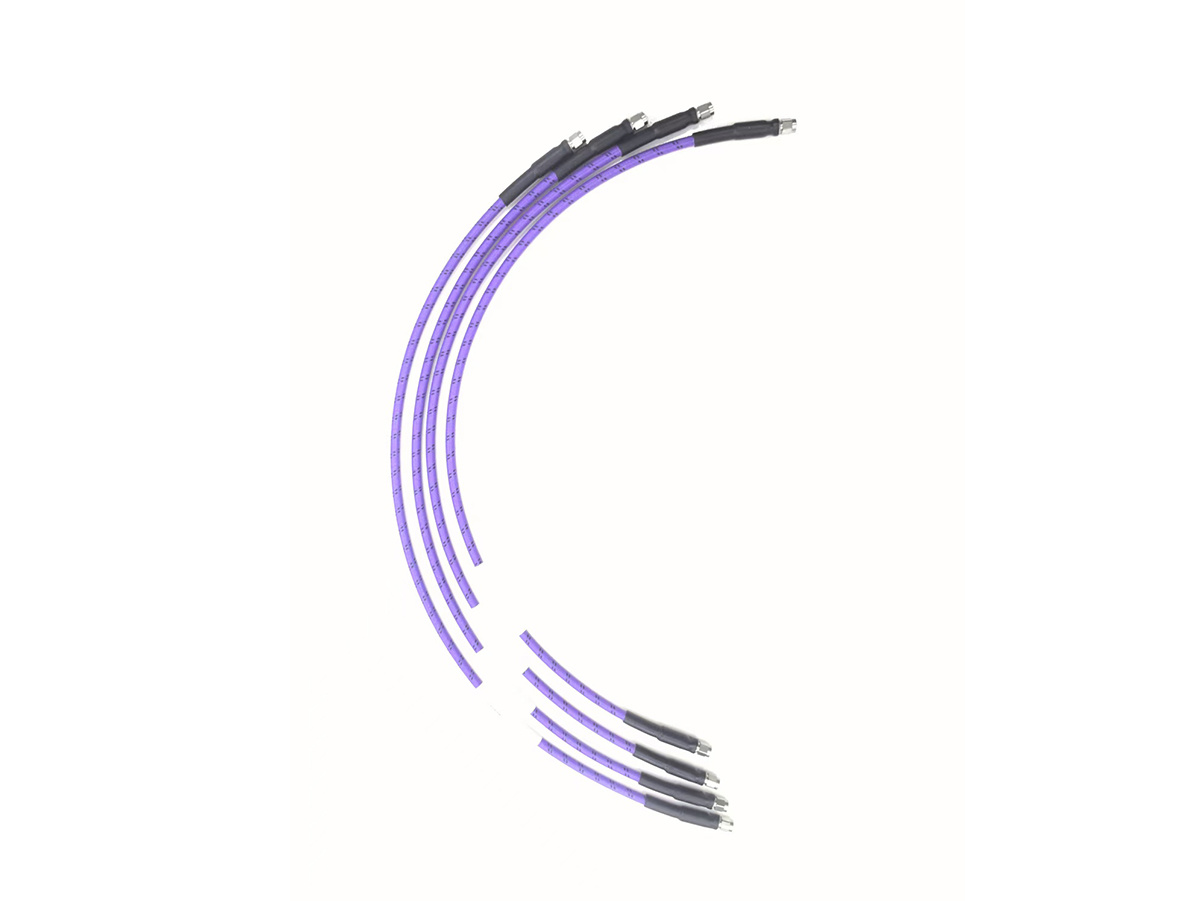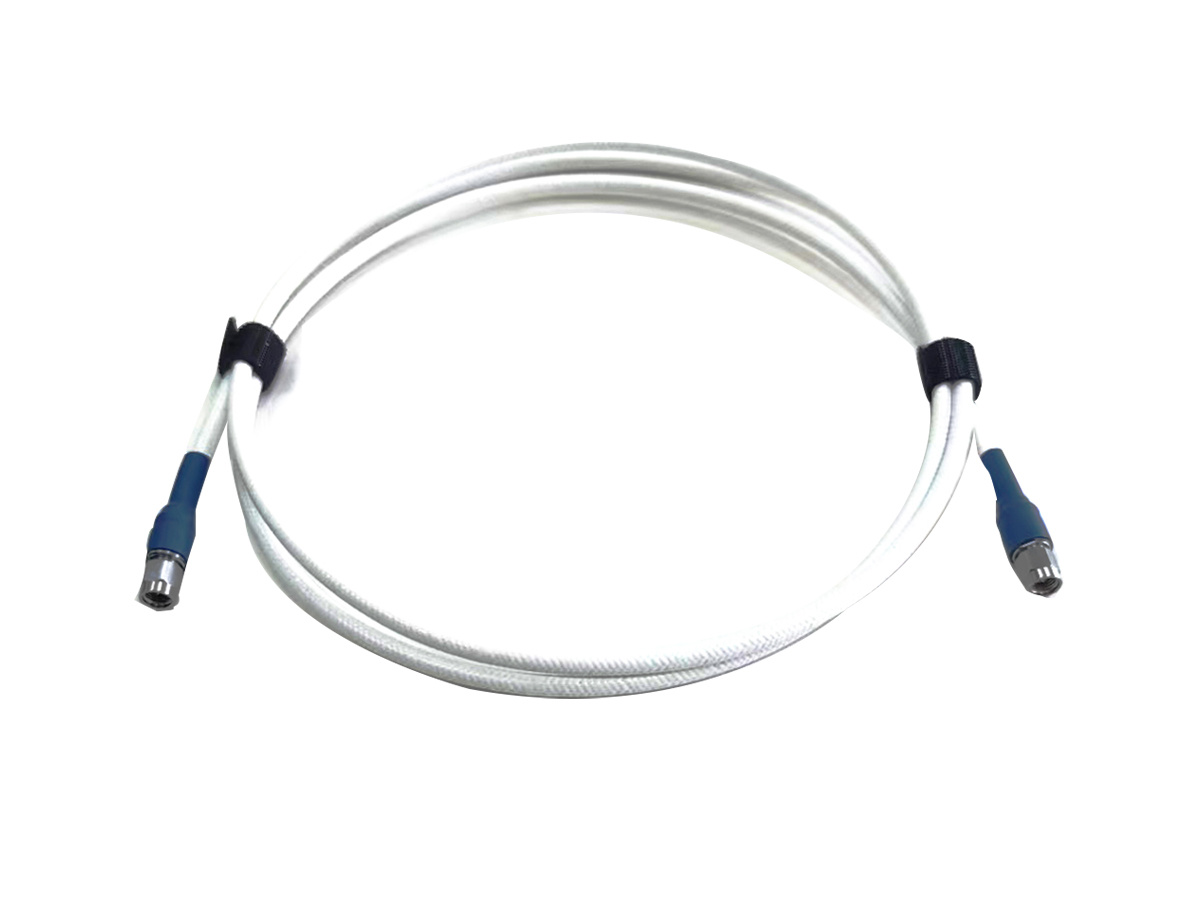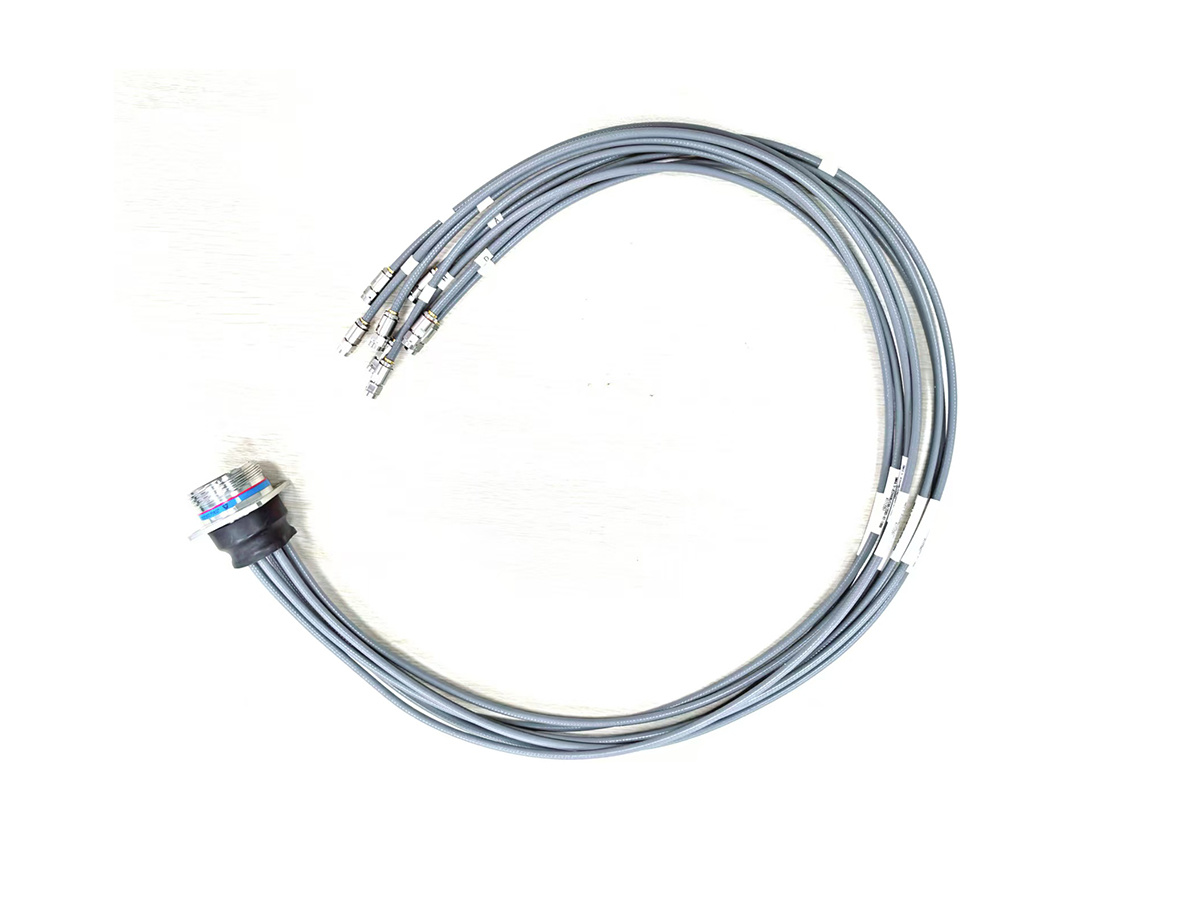Understanding Aerospace LVDS Cables: Essential Components for Modern Avionics
Release Date:2025-10-18
---
In the field of electrical engineering, particularly in the manufacturing of power cables, understanding the significance and functionality of Aerospace Low-Voltage Differential Signaling (LVDS) cables is crucial. Aerospace LVDS cables are specifically designed for high-performance data transmission in aviation applications, where reliability and efficiency are paramount.
Low-Voltage Differential Signaling is a technique that allows for the transmission of data over a pair of wires, using a differential voltage signal. This method helps to reduce electromagnetic interference (EMI), which is vital in the aerospace environment where multiple electronic systems operate simultaneously. Aerospace LVDS cables are engineered to meet stringent standards, ensuring that they can withstand extreme conditions such as high altitudes, temperature variations, and vibrations.
One of the primary advantages of using Aerospace LVDS cables is their ability to transmit high-speed data with minimal distortion. This capability is essential for modern avionics systems, which rely on real-time data exchange for navigation, communication, and control. The differential signaling method not only enhances the signal integrity but also increases the distance over which data can be transmitted without degradation, making it an ideal choice for long-distance connections within aircraft.
The construction of Aerospace LVDS cables is another critical aspect to consider. These cables typically feature multiple twisted pairs, which help to further minimize interference and crosstalk between the wires. Additionally, aerospace applications demand cables that are lightweight yet durable, leading to the use of advanced materials and insulation techniques. This lightweight nature is particularly advantageous in the aerospace sector, where weight savings can significantly impact fuel efficiency and overall aircraft performance.
In terms of applications, Aerospace LVDS cables are widely utilized in various systems, including flight control systems, in-flight entertainment, and communication systems. Their reliability and performance make them suitable for both commercial and military aircraft. As the aerospace industry continues to evolve with advancements in technology, the demand for high-quality, efficient data transmission solutions like Aerospace LVDS cables is expected to grow.
In summary, Aerospace LVDS cables play a vital role in ensuring the functionality and safety of modern aircraft. Their unique design and capabilities make them indispensable in the quest for faster and more reliable data communication in aviation. Understanding the importance of these cables helps electrical engineers and aviation professionals make informed decisions about the components they choose for their systems, ultimately leading to improved performance and safety in the skies.
In the field of electrical engineering, particularly in the manufacturing of power cables, understanding the significance and functionality of Aerospace Low-Voltage Differential Signaling (LVDS) cables is crucial. Aerospace LVDS cables are specifically designed for high-performance data transmission in aviation applications, where reliability and efficiency are paramount.
Low-Voltage Differential Signaling is a technique that allows for the transmission of data over a pair of wires, using a differential voltage signal. This method helps to reduce electromagnetic interference (EMI), which is vital in the aerospace environment where multiple electronic systems operate simultaneously. Aerospace LVDS cables are engineered to meet stringent standards, ensuring that they can withstand extreme conditions such as high altitudes, temperature variations, and vibrations.
One of the primary advantages of using Aerospace LVDS cables is their ability to transmit high-speed data with minimal distortion. This capability is essential for modern avionics systems, which rely on real-time data exchange for navigation, communication, and control. The differential signaling method not only enhances the signal integrity but also increases the distance over which data can be transmitted without degradation, making it an ideal choice for long-distance connections within aircraft.
The construction of Aerospace LVDS cables is another critical aspect to consider. These cables typically feature multiple twisted pairs, which help to further minimize interference and crosstalk between the wires. Additionally, aerospace applications demand cables that are lightweight yet durable, leading to the use of advanced materials and insulation techniques. This lightweight nature is particularly advantageous in the aerospace sector, where weight savings can significantly impact fuel efficiency and overall aircraft performance.
In terms of applications, Aerospace LVDS cables are widely utilized in various systems, including flight control systems, in-flight entertainment, and communication systems. Their reliability and performance make them suitable for both commercial and military aircraft. As the aerospace industry continues to evolve with advancements in technology, the demand for high-quality, efficient data transmission solutions like Aerospace LVDS cables is expected to grow.
In summary, Aerospace LVDS cables play a vital role in ensuring the functionality and safety of modern aircraft. Their unique design and capabilities make them indispensable in the quest for faster and more reliable data communication in aviation. Understanding the importance of these cables helps electrical engineers and aviation professionals make informed decisions about the components they choose for their systems, ultimately leading to improved performance and safety in the skies.









